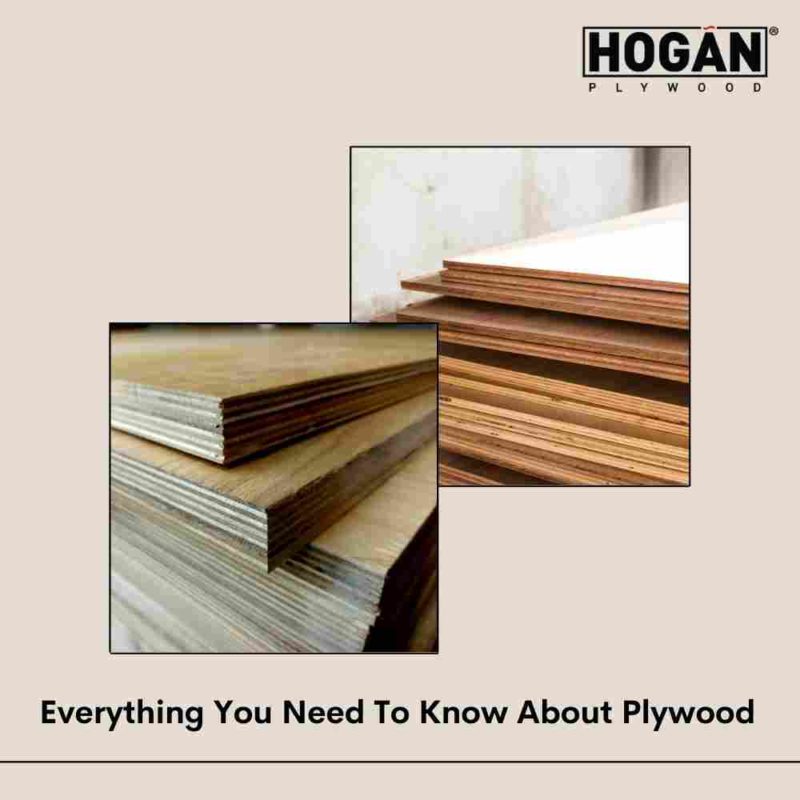Plywood is commonly used in construction and manufacturing. We see this magic material being used in home interiors and large buildings. In fact, some versions of plywood are also used in shipbuilding. Choosing plywood for your furniture is a very important task. How does plywood play such an important role in your home interiors? And should you choose this material over other options available in the market? Read on to know everything about plywood in your home interiors.
What is plywood?
Plywood is a material manufactured from thin layers of wood veneer that are glued together with adjacent layers having their wood grain rotated up to 90 degrees to one another. The sheets are glued together in alternating right angles to form a cross-grain pattern. The criss-cross structure of the board adds strength and stability to the material. This helps in minimising shrinkage and warping of the furniture in the face of humidity or changing temperature.
Features of plywood
Over time solid wood furniture has become untenable due to the lack of availability of wood. Ever since, plywood has been the preferred material for making fixed furniture like wardrobes and kitchen cabinets, beds and tables. There are many types of plywood and you can make your choice of material based on your specific needs.
Here are some of the features of plywood boards:
- The number of plies determines the thickness of the board, which is available in odd numbers for dimensional stability. The minimum number of plies is 3, while 5 and 7 plies are also commonly available.
- Grades of plywood define the quality and appearance of the board, with ‘A’ signifying the best quality and ‘D’ the lowest.
- Plywood is available as pre-laminated and pre-veneered boards. While this option reduces the execution time, the range of finishes available is very limited.
- Plywood has high strength and durability and holds screws well without splintering.
- It is cheaper than wood but more expensive than MDF and particleboard.
- Plywood can be reused and recycled. It is considered to be more environmentally friendly than solid wood. However, resins and glue used can cause harmful emissions in the long run.
- Due to its layered construction, plywood cannot be shaped or routed like MDF.
Types of plywood available in the market
- Commercial Plywood: Commercial ply is not resistant to dampness or moisture exposure. It can be used for furniture, cabinets or wardrobes in dry areas like bedrooms or living rooms. It has better resistance as compared to MDF. MDF easily swells up and gets damaged when exposed to even a little bit of moisture.
- Marine plywood: The most superior quality of ply available, marine ply is waterproof. It can be used in exterior applications as it does not get damaged even when immersed in water. The ply is also known as Boiling Waterproof (BWP) ply.
- Water-resistance: Water-resistant plywood is suitable for areas lying in high humidity, like bathrooms and kitchens. It is also called Boiling Water Resistant (BWR) ply.
- Softwood and hardwood: Softwood is a wood obtained from non-deciduous trees, like cedar and pine. Plywood from softwood is cheaper than that from hardwood, like teak, walnut or rosewood. Hardwood boards are stronger and more durable than softwood boards.
- Fire retardant plywood: Fire retardant plywood has low flammability, low flame penetration and a low burning rate. Although not fireproof, it can withstand a fire long enough, allowing people to safely evacuate the premises.
Now that you are equipped with all the information you need on the features and types of plywood, you can make the right material choices for your home!
